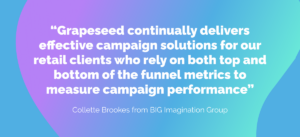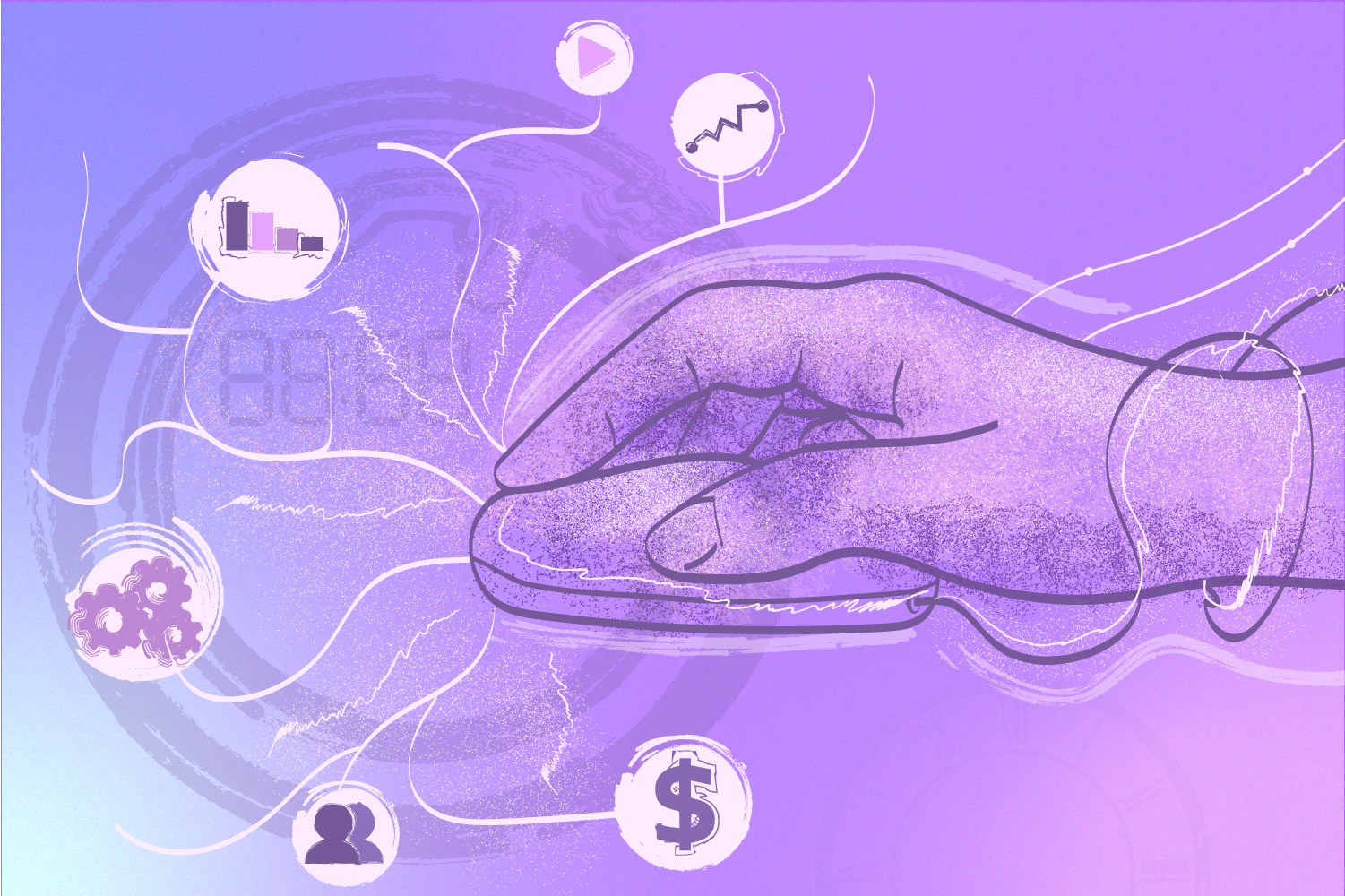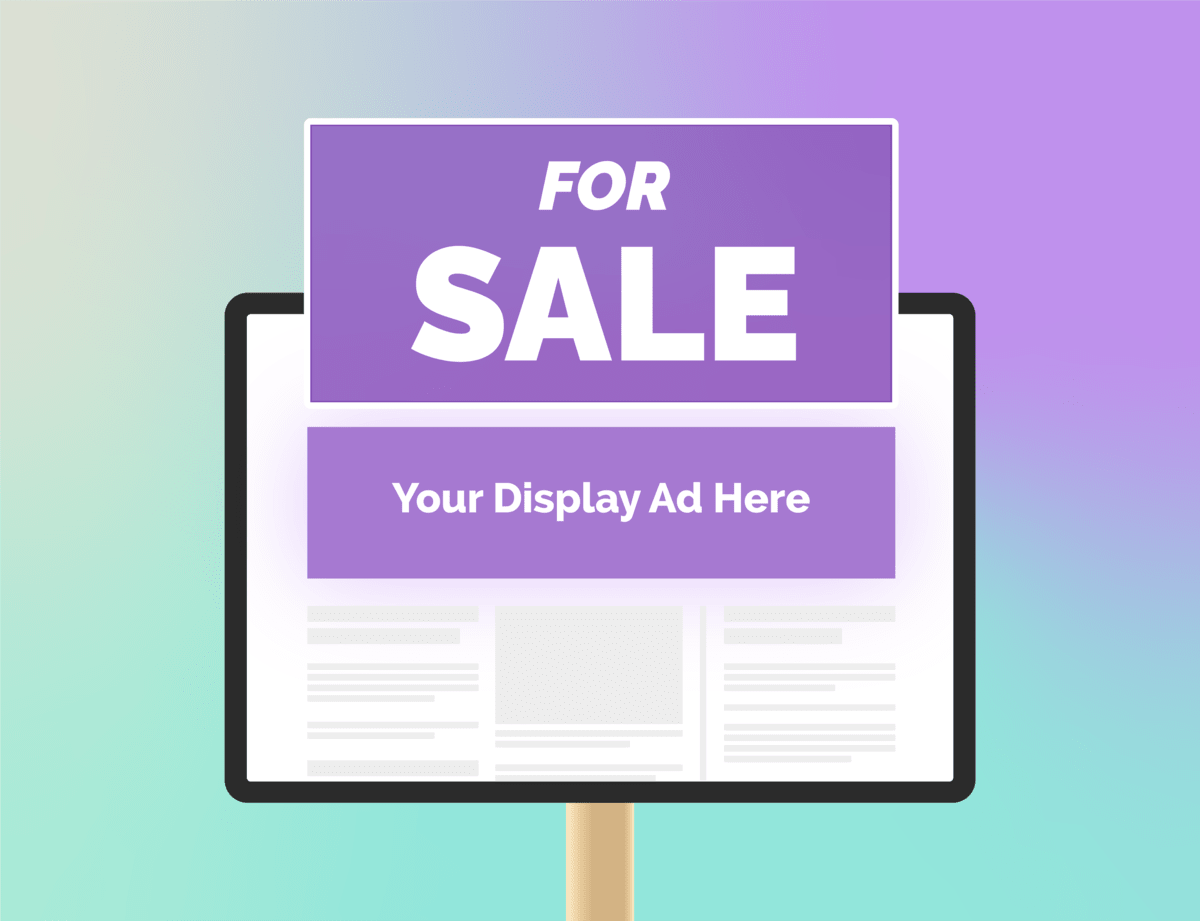Programmatic advertising is the process of automatically buying and selling digital advertising space. Programmatic solutions have taken off in a big way in the last few years thanks to their ease, efficiency, and ability to target large numbers of people with personalized messages.
The programmatic advertising industry is booming, and global programmatic ad spend reached $558 billion in 2023. That figure is projected to grow to over $700 billion by 2026. This means agencies that don’t yet offer their clients programmatic ad services are falling behind their competitors.
If you’re still on the fence about programmatic advertising and how to implement it, this article is for you. Read on to discover ten reasons your agency should offer programmatic ad solutions (and whether you should partner with specialists or go it alone).
1. Programmatic Ad Reach is Hard to Match Compared to Traditional Ads
Programmatic advertising is automated and bids are made in real-time. This means that the number of impressions you can purchase per day is virtually unlimited.
Drawing on a diverse media mix allows you to retarget your ideal customers with different messages at different times and across different devices.
Traditional advertising simply can’t compete with this kind of reach, so it’s hardly surprising that in 2023, programmatic ads accounted for 90% of all digital display ad spending in the US.
2. You Can Control Messaging across Channels
Programmatic advertising allows you to control the message delivered to the user across different channels. You can also target them based on criteria such as their behavior, demographics, and location.
For example, you might first target someone with a top-of-funnel message on CTV. Then you can retarget them with a bottom-of-funnel message using display.
Channels That Programmatic Advertising Can Use
Programmatic advertising works across many digital channels, which include:
Display: Programmatic adverting began with display ads and through technological innovations, marketers can now deliver targeted messages to the right people at the right time.
Display banners can either be static or animated through HTML5 and typically have the highest ROAS compared to other programmatic channels.
Native: Native ads, also known as sponsored content, blend into the content of a website or application, using both static images and videos. Because these types of ads look very similar to other content on a publisher’s site, they tend to have high engagement rates.
Video: In 2023, digital video viewership (such as CTV and online videos) surpassed linear TV for the first time, with users consuming an average of three hours and eleven minutes of content per day and 19 hours per week. Video ads are highly engaging and are a great way to drive traffic to your client’s site. They also excel at building awareness about your brand or product.
Audio: Digital audio content also continues to grow in popularity, with almost three-quarters of US internet users listening to digital audio content (like podcasts and music streaming), for an average of one hour and 43 minutes per day. With programmatic, not only can users hear your ad, but there’s also the option to have them see it through in-app companion banners.
With programmatic, not only can users hear your ad, but there’s also the option to have them see it through in-app companion banners.
Connected TV: In 2022, CTV ad spending in the US was valued at 20.69 billion dollars — a figure expected to grow to 38.83 billion dollars by 2026. CTV ads combine the ease of online advertising with the reach of TV, making it ideal for audiences of streaming services such as Hulu and HBO Max.
Advertising on CTV is an excellent upper-funnel strategy and is best paired with other channels — such as display — to achieve the highest ROAS.
Programmatic digital out-of-home (pDOOH): Programmatic advertising is not limited to users’ devices. Digital billboards can now deliver programmatic ads to people while they’re out and about, creating a personalized, interactive brand experience. In 2023, pDOOH advertising recovered to pre-pandemic levels, representing 31.4% of ad spend in the US.

3. You can Optimize Ads Efficiently Across Channels
Programmatic advertising allows you to control a wide variety of media mixes all in one platform. These include TV, audio, display, and native, with multiple optimization options such as frequency capping and viewability filtering. Data collection and analysis of performance help you optimize future targeting.
4. Programmatic Lets You Reach People on a Granular Level
Advertisers have increasing amounts of data about their audience and are specific about who they want to reach. Programmatic advertising allows advertisers to target even the most specific groups.
Let’s assume your client’s goal is to sell basketball shoes to men between 18 and 34. With programmatic, you can easily target that demographic and layer on mobile footprinting. This enables you to capture people that have frequented local sporting goods stores and basketball courts within the past week.
This level of granularity cannot be matched through other channels and is what makes programmatic the most efficient advertising solution.
5. You can Advertise With Big Publishers
Typically, big online publishers, such as CNN, are not able to sell all of their available ad inventory through traditional mediums. Therefore, they rely on programmatic to sell through any remaining ad space.
That’s good news for advertisers because it allows premium real estate to be purchased at a fraction of the cost. With programmatic, ads can be displayed next to relevant content through contextual targeting. For example, an advertiser selling tennis rackets can have their ads appear next to articles with keywords related to tennis.
The reach of programmatic is wide, covering 98% of all websites. There’s also no need for large minimum buys and commitments. This makes things flexible to abandon a campaign quickly if performance is poor.
6. Programmatic Will Save You from “Cookie-Geddon”
For years, marketers have relied on third-party cookies to collect valuable customer data they can use to deliver targeted ads.
But since Google announced it would no longer allow third-party cookies, advertisers everywhere have been scrambling to find alternative solutions.
One such solution is to target users based on their IP address. With programmatic, you can use IP addresses to identify customers and serve ads according to their geographic location.
7. Programmatic Ads Save You Money
Through traditional mediums, such as linear TV, you may be able to reach some of the right prospects. Due to limited visibility, you may also reach a large number of people who aren’t in your client’s target audience. This leads to an abundance of wasted dollars.
Programmatic advertising allows you to get the right message to the right person at the right time. This leads to far less waste, higher efficiency, and more money saved.
8. Reporting is Highly Visible
Expectedly, your clients will want to know how their campaigns are performing. With traditional TV, print ads, and other non-programmatic mediums, data is less reliable and involves a lot of guesswork.
For example, you could include a phone number on a print ad in a newspaper, but you would have to count how many calls came in manually. Moreover, you likely wouldn’t be able to accurately attribute them to your ad.
With programmatic, you can easily track important metrics such as impressions, clicks, and purchases in real-time and attribute them to your campaign. This allows agencies to better demonstrate their value to clients and, ultimately, earn more business.
9. Programmatic Gives You Multiple Touchpoints
The average user is now present on multiple channels, devices, and platforms throughout the day. For example, a person might wake up and listen to Spotify, ask Alexa to check the weather, then listen to a podcast while commuting to work.
At work, they may browse the web and watch YouTube videos during their lunch break.
On the way home, they could listen to the radio, and when they arrive, spend the evening watching CTV and scrolling through shows on Hulu.
All of these digital touchpoints are opportunities to expose your ideal audience to your product or brand so that they may become lifelong customers and advocates.
10. Partnering with a Specialist Makes Programmatic Work For You

We’ve probably convinced you by now that you should be offering your clients programmatic ad services. But you might be wondering: should you handle it on your own, or is it better to partner with specialists?
According to Collette Brooks from BIG Imagination Group, it’s a no-brainer. They partnered with Grapeseed to deliver programmatic ads for their clients five years ago and have never looked back since.
“Grapeseed continually delivers effective campaign solutions for our retail clients. These clients rely on both top-and bottom-of-the-funnel metrics to measure campaign performance.
They were particularly nimble at the onset of Covid-19, supporting our overnight pivot from in-store traffic to online transactions…and back again!
Their programmatic acumen has enabled our clients to reach potential new customers and increase conversions through the entire customer acquisition journey,” she says.
Here are three of the main reasons agencies love working with us:
- We minimize the red tape — We don’t use contracts that lock you in, allowing us to get you up and running within a few days to a couple of weeks. Our service is scalable, so you can use it as much or as little as you like.
- We’re an extension of your team — we’re flexible in terms of transparency. Some agencies like to let their clients know they’re powered by Grapeseed, while others prefer a Whitelabel. We’re okay with both.
- We eliminate low-value manual tasks — since everything is automated with programmatic ads, you’ll no longer have to waste your precious time with tasks like copying and pasting. Plus, we take care of the tech integrations, so you don’t have to worry about a thing.
Grow your Business with Programmatic Advertising
Programmatic advertising has changed the way people advertise, and with it, client expectations have changed, too.
Offering programmatic solutions will be the only way for agencies to stay relevant as programmatic ads move beyond the world of display and into audio, CTV, and digital out-of-home.
If you want to talk about partnering with Grapeseed’s programmatic experts or how to improve your current programmatic offerings, get in touch with us, and we’ll get back to you within 24 hours.






